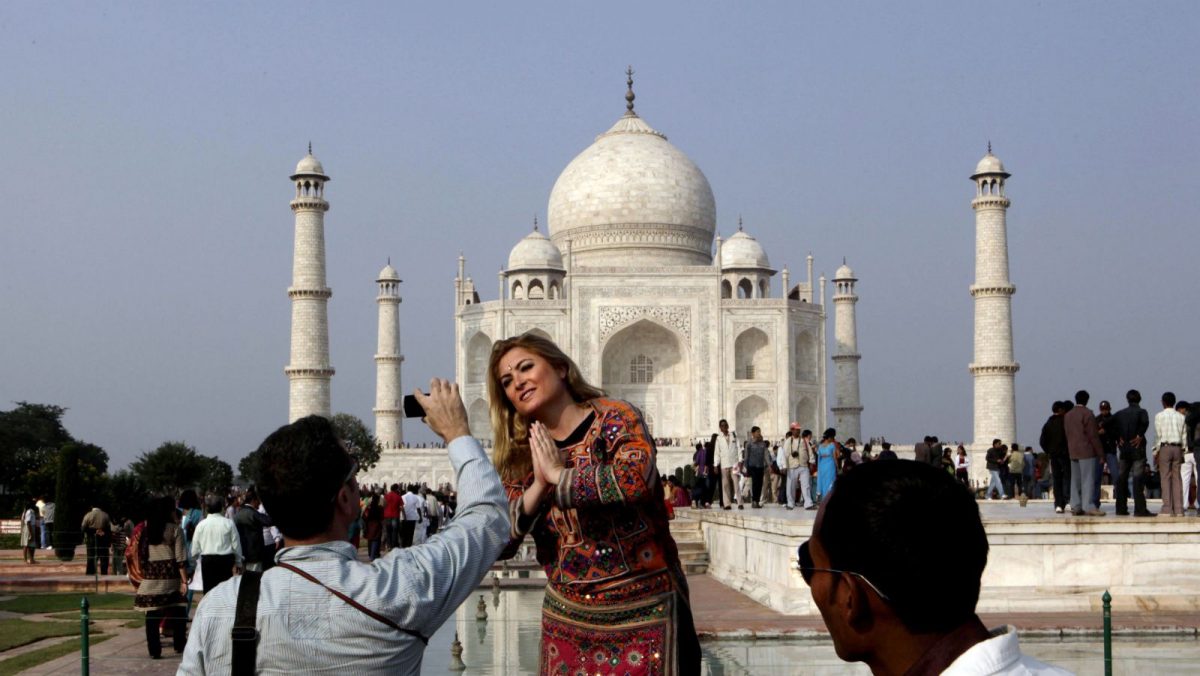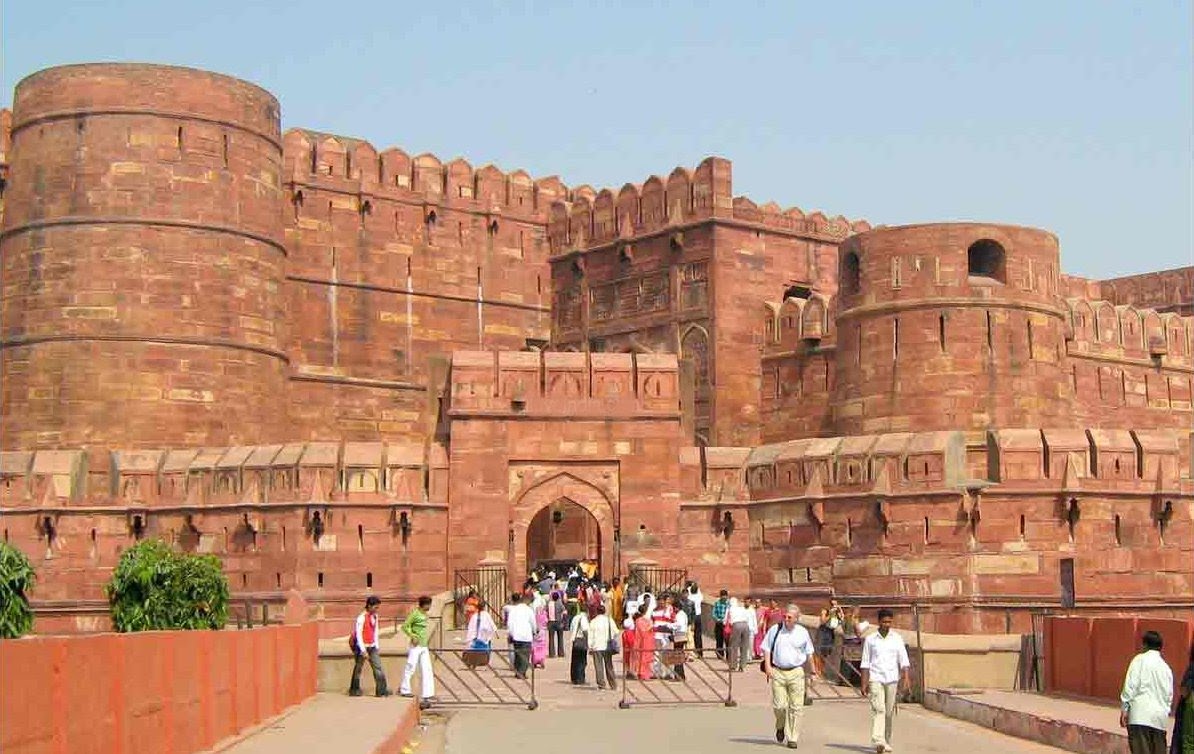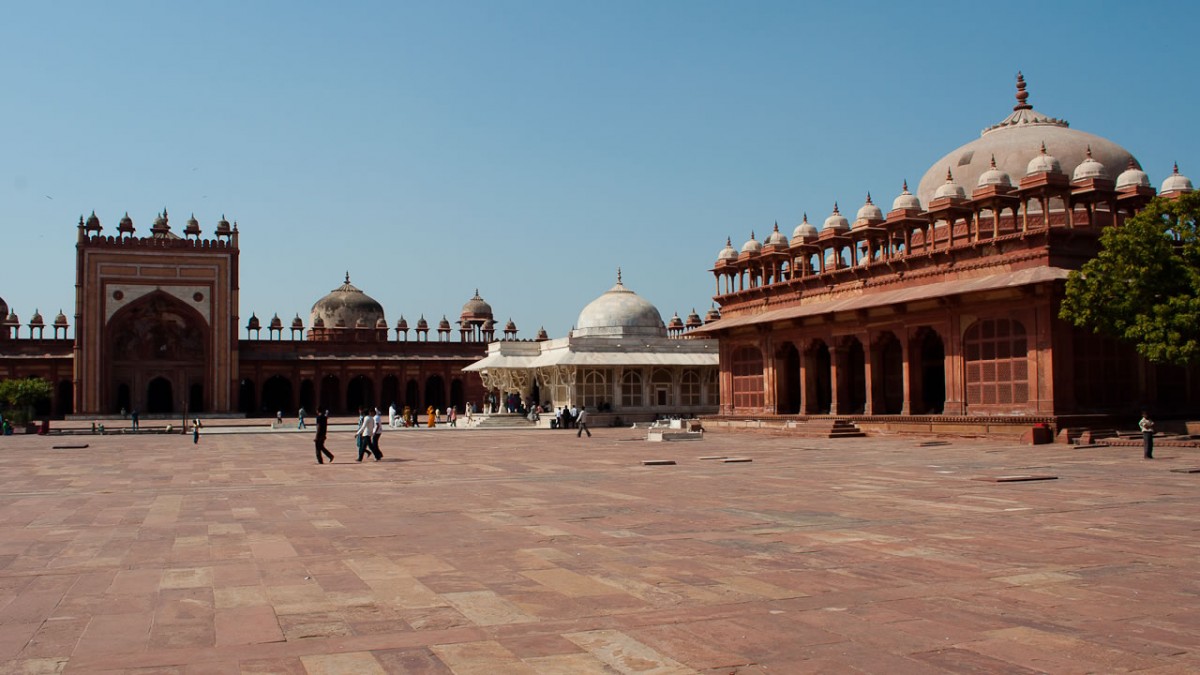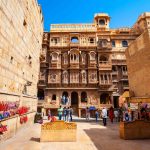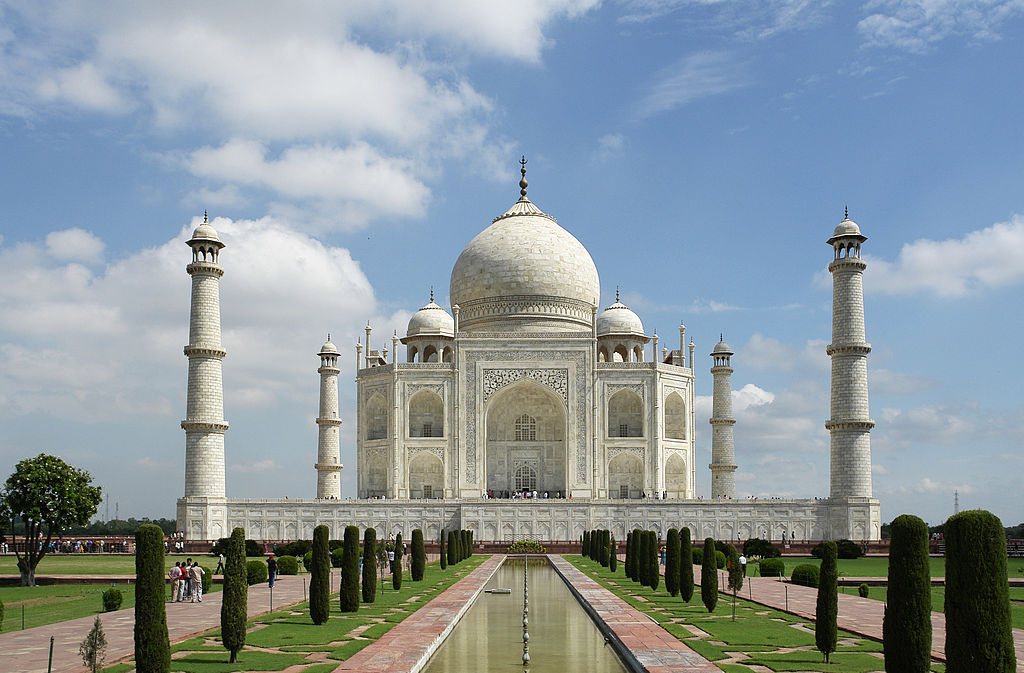
Taj Mahal
The Taj Mahal in Agra India is a monument that has inspired poets and architects to rapture. The Taj Mahal is a memorial to everlasting love. Prince Khurram was the son of Jahangir the Mughal Emperor. While still a teenager, he metTaj Mahal the breathtakingly beautiful Arjumand Banu Begum, whose good looks inspired court poets of the Mughal court to say, “The moon, hid its face in shame before her.” Khurram told his father the Emperor that he had found his bride. Five years later they were married and from then on they were inseparable. Khurram ascended to the throne, as Shah Jahan – “the ruler of the world” in 1628. Arjumand Banu Begum was called Mumtaz Mahal – the chosen one of the place and was Shah Jahan’s constant companion. She died shortly after giving birth to their 14th child in 1631. Her dying wish was that Shah Jahan would build her a mausoleum unrivalled in beauty anywhere in the world, which he fulfilled when he built the Taj Mahal in Agra India.

A grief stricken Shah Jahan lost all interest in administering his empire and turned his energies towards the construction of this grand mausoleum. The Indian poet and Nobel Laureate, Rabindranath Tagore described the Taj Mahal as a teardrop that glistened “spotlessly bright on the cheek of time…” For the next 22 years the work continued and drained the Mughal treasury of 32 million rupees. According to the poet Sir Edwin Arnold, the Taj Mahal in Agra India, is “not a piece of architecture, as other buildings are, but the proud passions of an emperor’s love wrought in living stones.”
Today the Taj Mahal in Agra India stands as a symbol of eternal love, which continues to mesmerize tourists from around the world.

